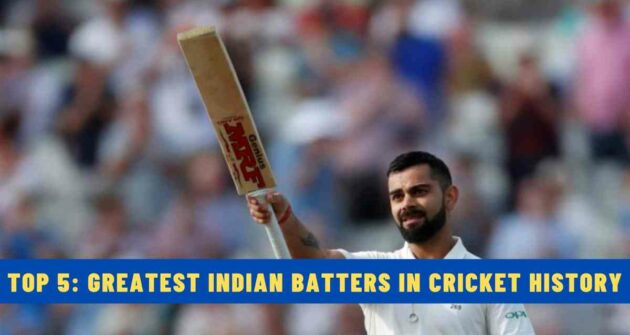While watching a cricket match, you must have seen a batter taking the strike after an over is done, a new bowler coming to bowl, or another umpire standing at the bowler’s end.
But do you know what exactly happens behind the scenes between 2 overs? If you are clueless about that, then don’t worry.
In this article, we’ll look at what happens once an over is completed in a cricket match.
Table of Contents
Change of Bowling Ends
After the completion of an over (6 legal deliveries), the bowlers change the bowling ends. The fielding team’s wicketkeeper also switches ends along with the bowlers.
For instance, every cricket pitch has 2 ends — say End A and End B. If one bowler finishes their over from End A, then another bowler will bowl the next over from End B. This process happens after every over until the batting team’s innings is completed.
One thing that you need to keep in mind is a bowler can’t bowl 2 consecutive overs in international cricket.
Umpires Switching Positions
2 on-field umpires officiate a cricket match by standing on the ground. One umpire stands at the bowling end, while the other stands about 25-30 yards away at a 90-degree angle to the stumps on the square, either behind or ahead of the striker.
However, they don’t stand in the same position for the whole duration of the match. Similar to how bowlers change their ends, the 2 umpires also switch positions after every over.
Also Read | Ten Best Umpires in Cricket
Do batters also change ends?
Well, the answer is no. Batters don’t change ends like bowlers after an over, though they rotate the strike while scoring runs during the over.
Why are the bowling ends changed after every over?
This is done to prevent either the bowlers or batters from taking any undue advantage throughout the match, making the game fair for everyone.
For instance, a bowler or a batter might take advantage of the wind direction, or a batter might target the shorter boundary to score quick runs. Changing the ends after every over helps even out the condition for both teams.
Read Next | Fielding Positions in Cricket – An Overlook











